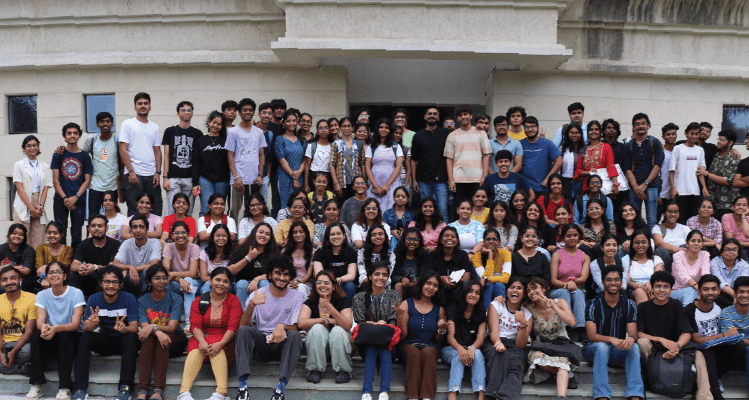For the past 6 decades, we have been using and depleting resources available on this planet quickly than we can restore or replace them. Design can support us reversing this trend by altering the design process, methods, products, and the resources used to make them. The masses have now realized that sustainable design is essential for innovation and possible profits instead of doing just adequate to keep up with the regulations. Using smart technologies is now imperative for bettering the environment we live in.
Transportation has become the backbone of our everyday activities. Devising clean and green means of mobility is decisive for any city in the present times. The issues involved with design are not just technical but are also equally associated with cultural and profound socio-economic sentiments. The challenges today in the area of mobility are somewhat technical but there are several other challenges at the same time. Some of them to be named are proper energy storage, precise design, improving the process for system development, etc.
Despite all the developments in the mobility sector, the most substantial looming roadblock is the human aspect. Keeping this in mind, the MIT ID Ujjain Avantika University introduced the B.Des in Transportation Design. The objective of this program is to evolve greatly creative individuals to solve the probable future roadblocks in the mobility sector by imparting significant skillsets and required learning to them.
The program lays a strong prominence on the environmental, socio-economic, and cultural characteristics of the transportation domain, with insights that are inclined towards understanding the automotive sector. It covers the art element, interiors, exteriors, design, human aspect, display, and, controls among others. The objective is to take on the wide-ranging facets involved in public and private transportation.
Transportation and automobile design is intertwined and is multidisciplinary field where front-line technology is used to achieve comprehensive results for the overall benefit. For example, designing an automotive for differently-abled requires an effective 3D visualization, quick prototyping to assess make correct decisions related to design and overall product development. The Fourth Industrial Revolution has already affected most of our lifestyle and the work atmosphere. We are at the crossroads where the stage between digital, physical, and biological realms is bound to converge.
The not-so-far future of transportation design will be based on the above-mentioned specifications, wherein physical systems, robotics, and artificial intelligence will play a determining role. In the present scenario, we need to precariously examine the balance between socio-economic norms and the infrastructure of our cities in the country. All these products and utilities have to be comprehensive.
Technology has to be viewed as a facilitator to aid convenience, safety, and environmentally friendly alternatives that are suited as per the needs of the end-user. The focus has to be on system-level thinking rather than product-level thinking as it is much more beneficial for society. Even while talking about smart cities, we have to carefully plan and consider all the existing socio-economic backgrounds. Inclusive development will lead to a more balanced society and the transportation of the future has to take care of all the factors involved. In short, transportation design is about interdependency which in turn will help create a future that works for all.
